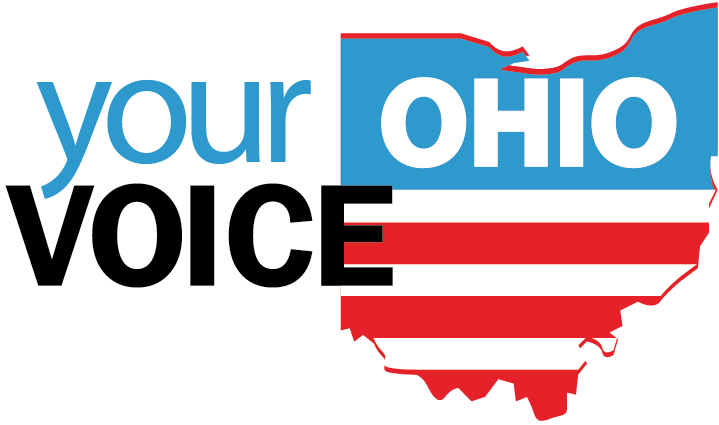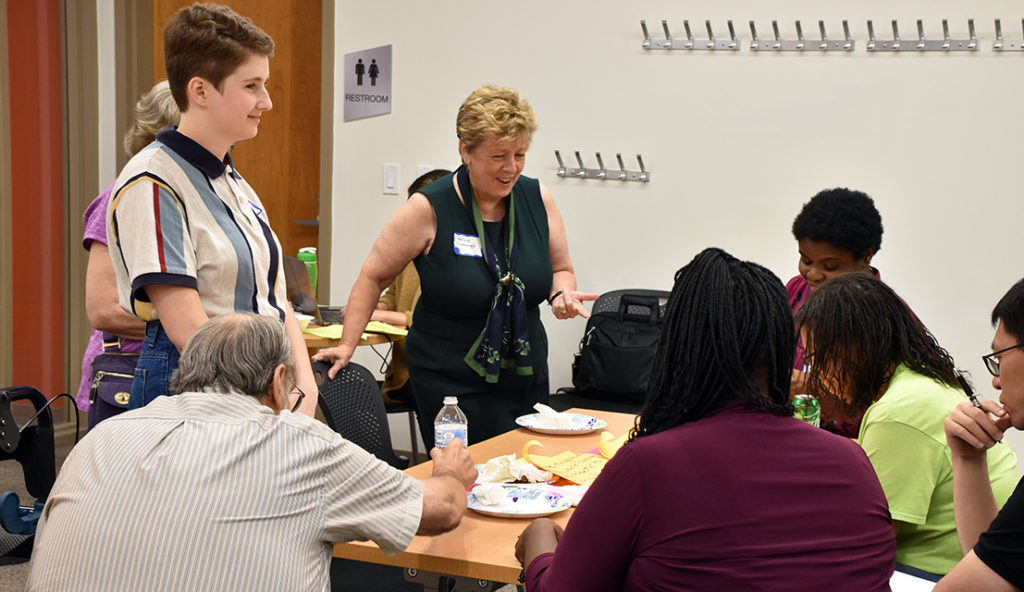In Southwest Ohio, a changing economy, addiction, racial tension, and gun violence have left many people feeling unsure about the future and in need of information from local journalists.
While reporters don’t usually have many opportunities to sit down face-to-face with their communities, the Dayton Daily News, WYSO, WHIO, and Soapbox Cincinnati committed to doing things differently. They wanted to hear how their communities were experiencing local changes and challenges, their hopes for the future, and what they were proud of.
So, from September 30 – October 7, 2019, Your Voice Ohio and local news outlets hosted 6 community conversations where journalists shared a meal and sat with dozens of community members and local elected leaders from Dayton, Kettering, Trotwood, Lebanon, and Springboro, to ask and answer three key questions:
- What does a community look like where people can live happy and fulfilled lives?
- What changes would you make to your community to move it in the direction of becoming a place where people live happy, fulfilled lives?
- What are the strengths or assets of the community?
Then, they worked together to create action plans for the changes they wanted to see, identifying concrete steps individuals, journalists, and leaders could take.
As Lynn Hulsey and Katie Wedell from the Dayton Daily News wrote in their event coverage, participants said the Dayton region has many strengths, including local innovation, a thriving arts scene, water, colleges and universities, and public parks. They focused on how these strengths and more could help overcome economic, food, housing and education disparities, increase access to transportation, build community connections, confront racial inequity, and support local news.
Download the reportYou can explore their ideas and plans for action in the event report, and read more about each community conversation below.
Dayton #1
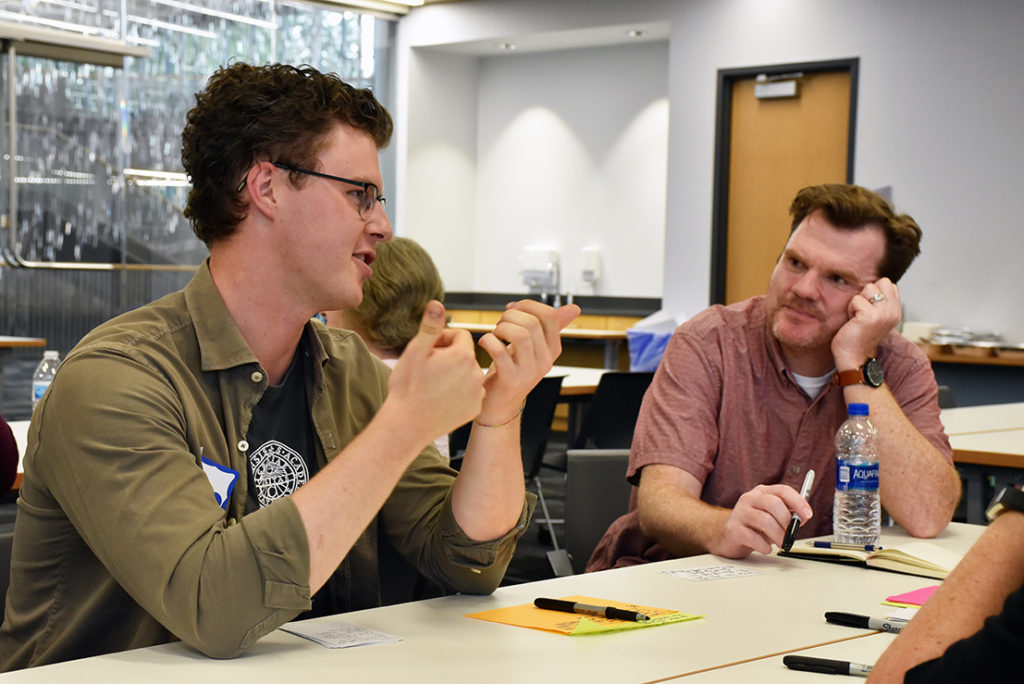
About 20 people attended the first forum at the downtown main library, where they discussed the issues they want to see politicians and the media cover during the next election cycle. Inequity in education funding was a primary issue for the group, and participants wanted to explore how a county-wide school system could help address those issues. They also wanted to see more opportunities for community gatherings, increased connection among neighbors, and a fix for local food deserts.
Kettering
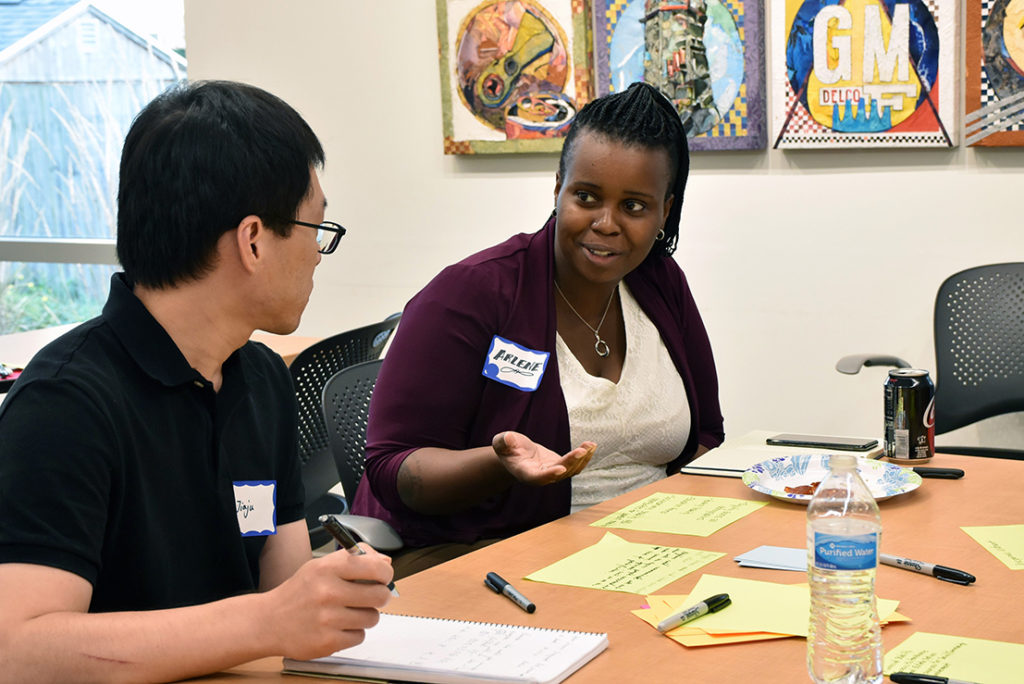
In Kettering, participants talked about hunger, addiction, racism, lack of economic opportunity, lack of transportation and the need for affordable housing. While they acknowledged community problems can be tackled by people working together, success requires leadership and follow-up.
A resounding need for community connection and having a place where “people know and take care of each other” was expressed throughout the conversation. Participants discussed what it takes to bring people in the community together regularly, where they can get to know their neighbors, openly discuss shared community challenges, and work to address them together.
As potential solutions, they talked about changing the way businesses are recruited to the city, prioritizing businesses that will grow in the future; as well as creating more resources for workforce development. As one community member put it:
We don’t want to just survive, we want to thrive.
Trotwood
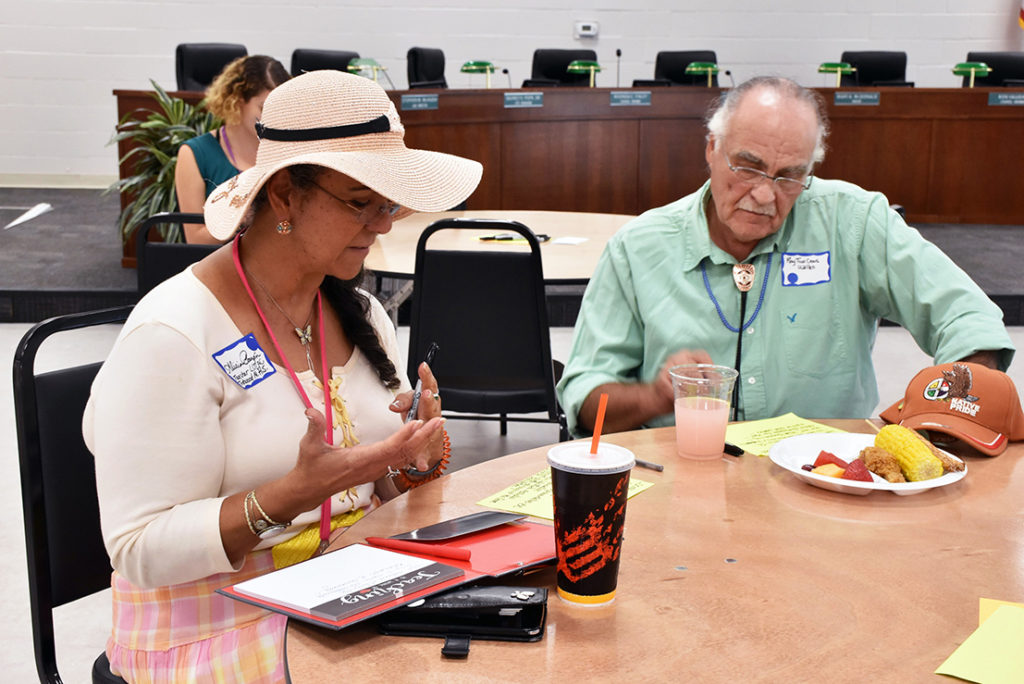
Trotwood community members quickly identified the lack of financial resources as a local challenge and a feeling that few people about their small community, recently devastated by a tornado. They focused on issues that might help children succeed: education, especially civics education. Improvements in the quality of Trotwood-Madison public schools were a vital concern.
Community members also discussed inequalities in education funding dating back to a state supreme court ruling that education was unconstitutionally funded. Rather than wait for the state to solve the problem, they talked about “regionalism” as a potential solution.
They also described housing as major issue and discussed wanting more mixed-income communities and denser housing options set up in a way where they can have more interactions with their neighbors.
Dayton #2
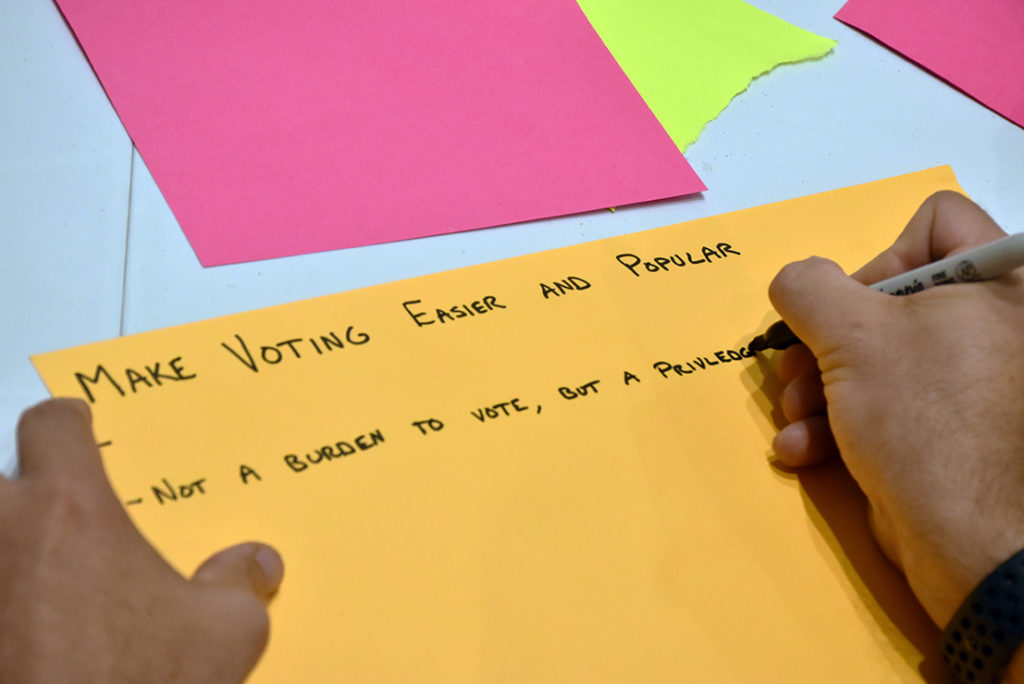
At our second Dayton conversation, a new group of community members gathered at the White House Event Center. They celebrated the community’s resilience after decades of difficult times but also expressed considerable concern for the lack of quality food and affordable housing, for respect of individuals and their life experiences, and a need for community involvement. They discussed measuring the community’s success based on well-being rather than traditional economic measures of jobs and income. They also developed action plans to address low voter turnout – make voting fun and easy – and food deserts.
Lebanon
This stand-alone rural community, a county seat of both government and old wealth, said their strengths are a strong sense of identity, of place, collaboration and independence. One description was, “We’re festival central.” The community has its own orchestra, clergy leadership that works together on big issues, and a popular YMCA.
Their concerns included convenient transportation for an aging population as well as bike and walking trails, and they had extended conversation about the definition of education. There was concern that too many consider education to be the job of schools, when education should instead be integrated in all facets of life.
The change they chose to pursue was to strengthen what they identified as an asset: sense of place, of community and pride. They discussed more emphasis on celebrating the stories of residents, caring for the aging population, expansion of successful community events and inclusion of everyone – not just so-called “experts” – in community decisions.
Springboro
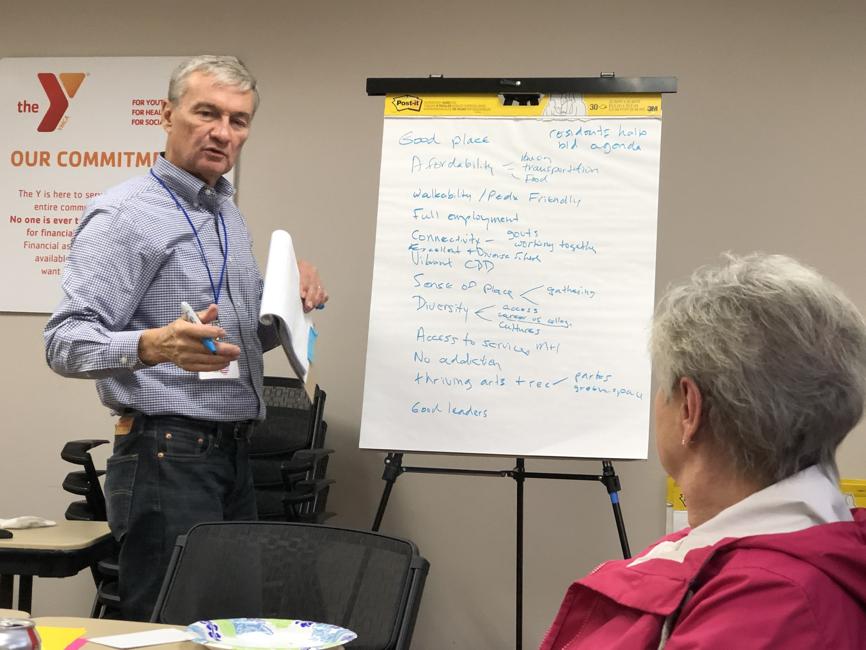
Springboro, once a quiet rural community of Shaker heritage, has exploded in growth because of its location on I-75 between Dayton and Cincinnati. Residents took pride in the fact that two decades ago they saw the change coming and developed a master plan that continues in effect.
That said, they expressed a number of serious concerns they said may warrant revisiting the master plan. There was concern that Springboro seniors who raised families and now want to leave large family homes cannot find affordable convenient housing in town. Moreover, while the new central business district is walkable, most of the rest of the city is not, and there is no public transportation.
There also were serious concerns about the changing demographics — still mostly white, but a rapid growth in college-educated, higher-income families that are experiencing stress and addiction issues that need public mental health services. Young people in particular, pushed to go to college, face high debts to do so.
What’s Next?
Ideas from these meetings will be used to shape community-centered election coverage ahead of the 2019 local and 2020 national elections, amplifying community voices in the democratic process.
Based on these conversations, we’ve also compiled a list of resources and information covering some of the top challenges described throughout the events.
We have more events in the works across the state. To join a community conversation with local journalists near you, make sure you’re signed up for the Your Voice Ohio email list.
Local News Coverage
- Your Voice Ohio Hosts Community Forums – WYSO
- Residents share ideas for a happier, more fulfilled Dayton – The Dayton Daily News
- Your Voice Ohio: Make voting easier and more popular – The Dayton Daily News
- Your Voice Ohio: Trotwood needs its schools to improve – The Dayton Daily News
- Your Voice Ohio: Involved citizens are key to solving the region’s problems – The Dayton Daily News
- Springboro focuses on city center in final regional forum – The Dayton Daily News
- How should the Dayton region fix its big problems? Try collaboration – The Dayton Daily News
